SpaceX continues its steady pace of Starlink launches, ever growing the company's orbital internet constellation.
A Falcon 9 rocket launched SpaceX's Starlink 6-74 mission Thursday night, April 24, out of Florida's Space Coast. Liftoff occurred at 9:52 p.m. ET (0152 GMT, April 25) from Launch Complex-40 (LC-40) at Cape Canaveral Space Force Station.
Stacked 28-tall inside the Falcon 9 fairing, the newest additions to SpaceX's Starlink megaconstellation headed toward low Earth orbit (LEO), powered by the Falcon 9's nine first-stage Merlin engines.
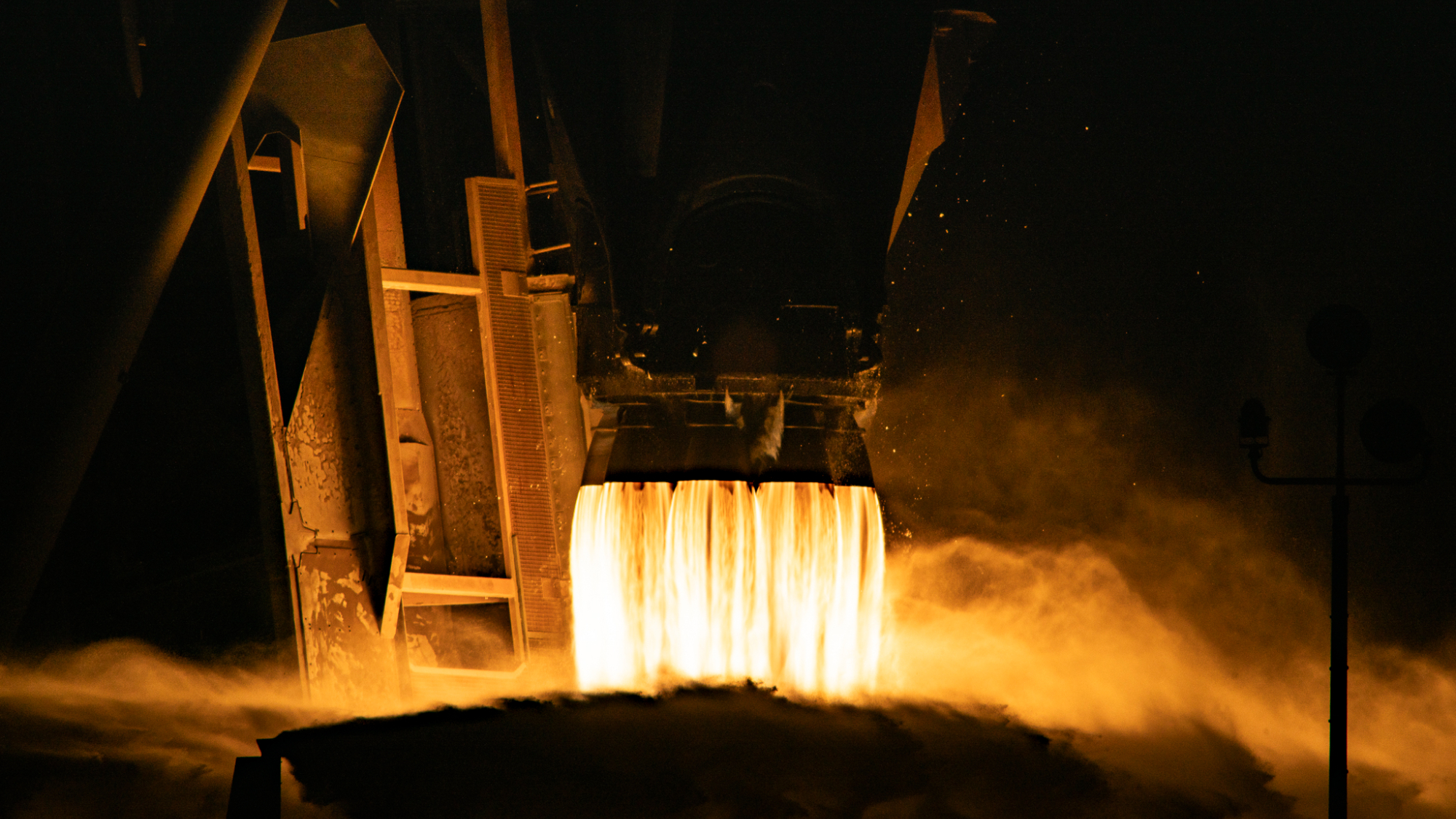
The rocket's first stage booster, tail number B1069, executed main engine cutoff and separated from the rocket's upper stage about 2.5 minutes into flight.
Approximately six minutes later, B1069 landed safely on SpaceX's A Shortfall of Gravitas droneship, stationed in the Atlantic Ocean. This was the 23rd launch of B1069, and the booster's 19th Starlink mission.
The rocket's upper stage continued into LEO with its 28 Starlink satellites, releasing them from the rocket's payload adapter one hour into flight. They will spend the next few days maneuvering into more specific orbits to join SpaceX's growing megaconstellation.
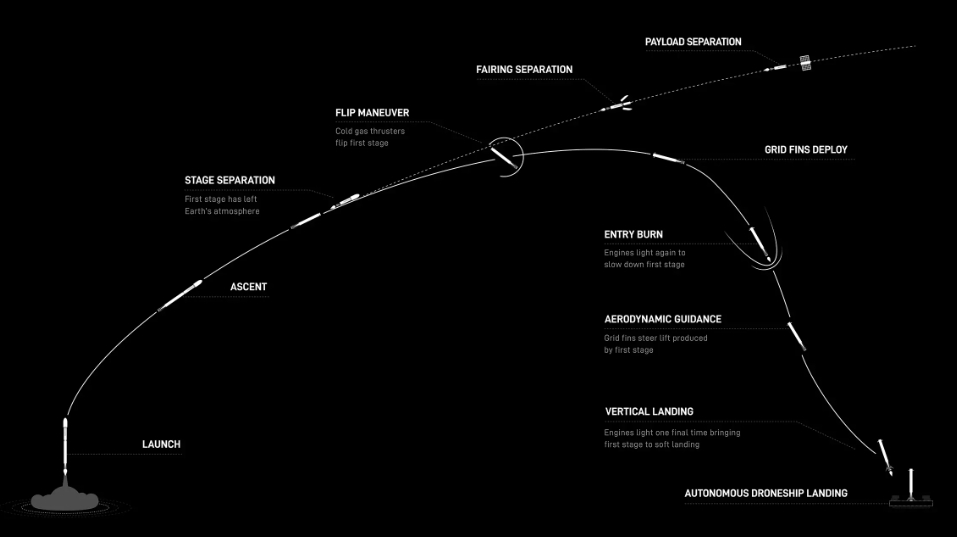
SpaceX's Starlink network consists of more than 7,000 satellites and counting. As a whole, they operate in a grid that blankets nearly all of the planet, save for the poles. Starlink offers users a high-speed internet connection from anywhere (other than the poles) they are able to point their Starlink receiver toward the sky.
Thursday's launch was SpaceX's 47th Falcon 9 mission of 2025, and the company's 30th Starlink launch so far this year.

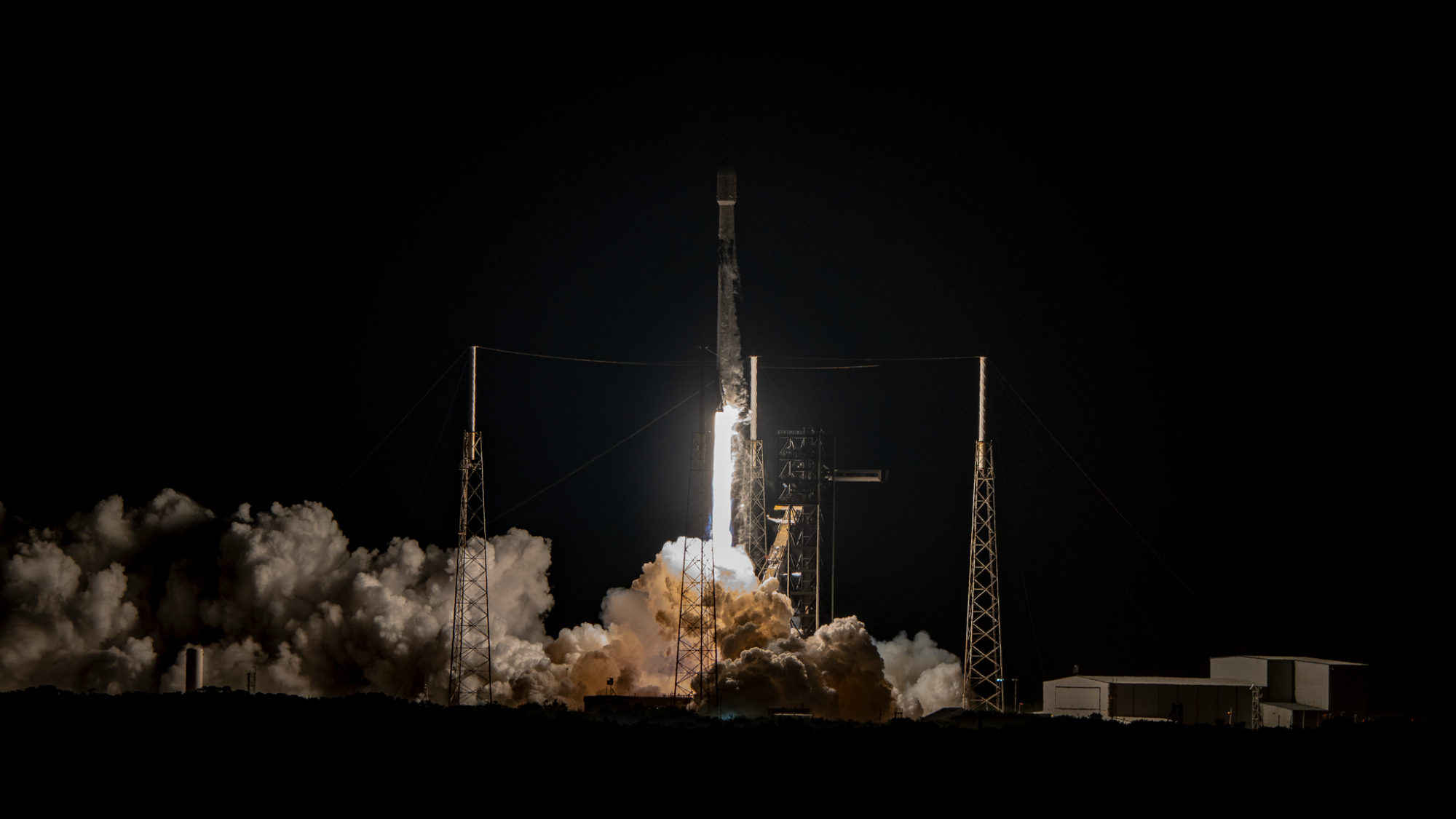
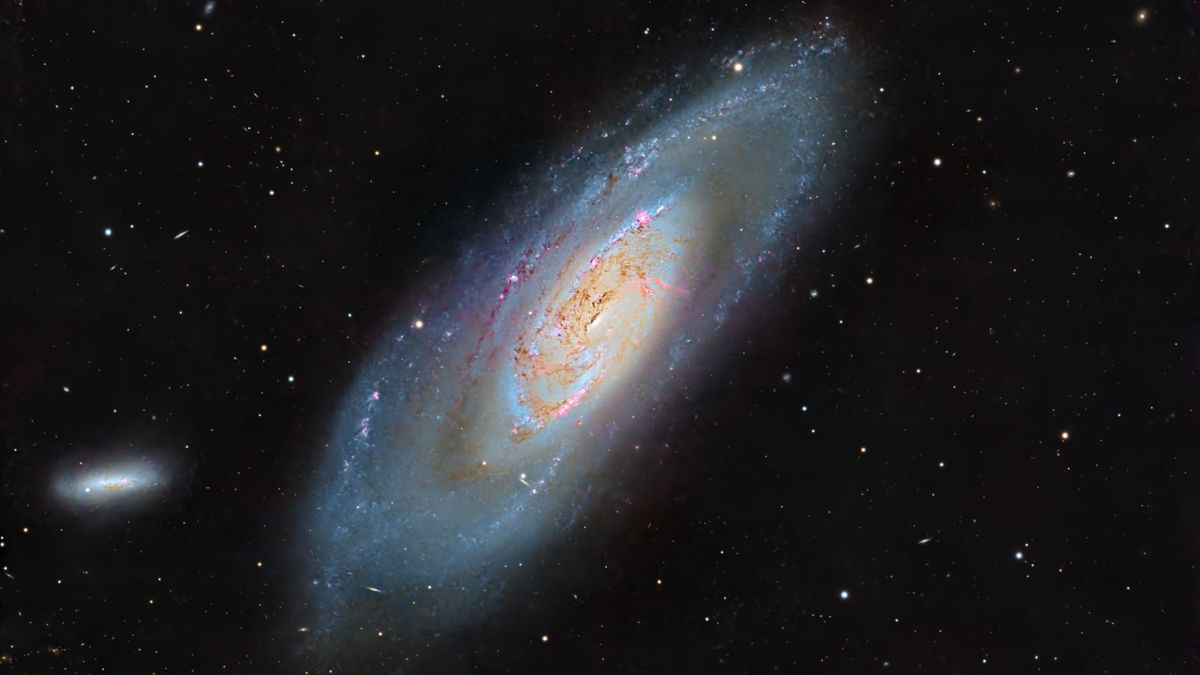
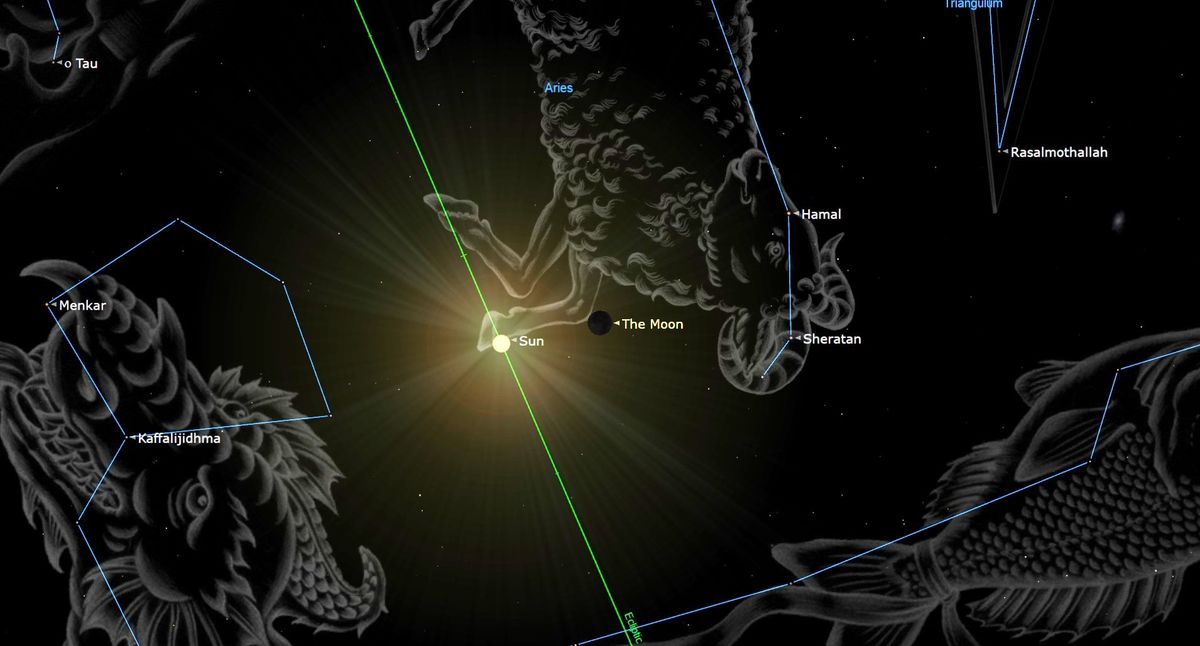





 English (US) ·
English (US) ·